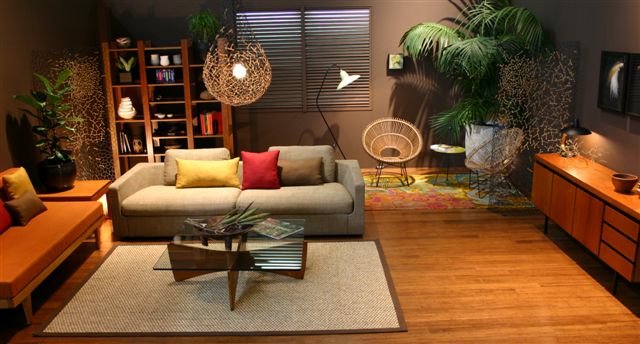Ergonomics is essentially about "fitting work to people". It's the process of designing or arranging workplaces, products and systems so that they fit the people who use them – friendly to the body. The aim of ergonomics is to develop a comfortable and safe work system, by bringing human factors into the plan. With consideration of specific human abilities in the design process, these can include body size, strength, skill, speed, sensory abilities (vision, hearing, etc), even attitudes. Ergonomics comes into everything which involves people.
Seating ergonomics
The best way to reduce pressure in the back is to be in a standing position. However, there are times when you need to sit. When sitting, the main part of the body weight is transferred to the seat. Some weight is also transferred to the floor, back rest, and armrests. When the proper areas are not supported, sitting in a seat all day can put unwanted pressure on the back causing pain.
The lumbar (bottom five vertebrate in the spine) need to be supported to decrease disc pressure. Providing both a seat back that inclines backwards and has a lumbar support is critical to prevent excessive low back pressures. The combination which minimizes pressure on the lower back is having a backrest inclination of 120 degrees and a lumbar support of 5 cm. Another factor that reduces lumbar disc pressure is the use of armrests on your seat. They help by putting the force of your body not entirely on the seat and back rest, but putting some of this pressure on the armrests. Armrest needs to be adjustable in height to assure shoulders are not overstressed.
TIPS FOR GOOD ERGONOMICS
* Get a decent chair
THE best sort are the standard clerical-type office chairs, NOT the large, high-backed reclining types which some people think mistakenly are guaranteed to be comfortable. Look for the following features:
- adjustable in height;
- a separately adjustable backrest you can bring forwards into the small of the back, as well as (preferably) altering vertically to suit your trunk length;
- a seat short enough to allow you to get full back support without the front edge of the seat pushing into the back of your legs;
- a five-star base (for stability);
- a curved, "waterfall" front;
- well padded - you shouldn't be able to feel the seat base under the padding when you're slumped heavily in the chair.
Lots of chairs on sale are labeled as "ergonomic" - but they're not! Ask if the chair conforms to Australian Standard AS/NZS 4438 ("Height-adjustable swivel chairs"), published in 1997. There's also a set of Standards on Fixed-height Chairs - AS/NZS 4688.1, 4688.2, 4688.3 etc. Does the chair have a strength and durability rating from AFRDI (the Australian Furniture Research and Development Industry). If not, why?
"Bargain" chairs usually have poor or average strength components and assembly, and usually break down after a year or two - so be prepared to spend a bit more if you want something to last. A good chair is really worth it!
* Learn how to adjust your chair
- adjust the backrest into the small of your back;
- ensure the seat pan is flat or sloping upwards (NEVER downwards) at the front;
- learn the elements of correct posture, and practice them!
* Provide good, even lighting
Your whole working surface should be evenly illuminated, without shadows near your hand. Concealed fluorescent lighting is good (tubes are cool, light well dispersed, long life); consider an extra desk lamp as well, but ensure that the light source itself is covered, and is kept out of your field of view. Use curtains to control screen reflections or bright sunlight, and don't sit facing a screen with bright daylight (like a window) beyond and behind the screen. Don't put up with a dark or shiny desktop: they should be a light to medium colour, matt finish.
* Give yourself plenty of desktop space
WHY not put your screen or laptop on a mobile, articulated holder? You can adjust it to suit (a good distance: about an arm's length away, with the top of the screen level with your forehead), then use the handy space under it to move your keyboard out of the way. 700 mm is a good desk height, but lower for lots of shorter people. Many desks are still far too high. Put the stuff you use a lot within a comfortable arm's reach (eg phone, notepad, reference files). A desk should be 900 mm deep (front to back) for comfortable screen viewing, and your desk should not be thick (30 mm maximum).
* Take regular breaks
Muscles need movement - from the tiny muscles which manage your eyes to the big ones which support your back. Get up and get things. Try working standing up sometimes. Get some fresh air. And keep yourself fit - daily exercise (even just a brisk walk) will repay you many times in the extra hours of productive work you'll be able to do as a result.
Useful website: www.ergonomics.org.au
We like + recommend the chairs from Corporate Culture, www.corporateculture.com.au



